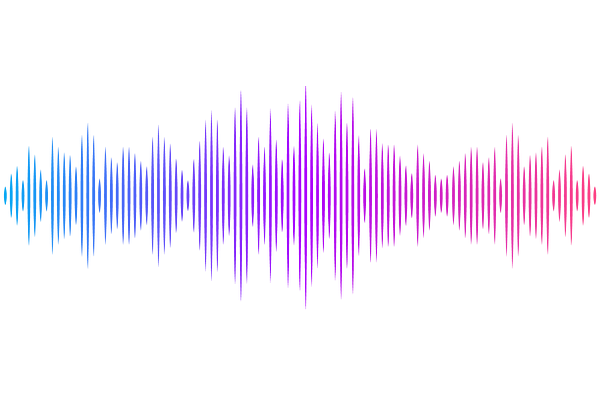Revisiting GW150914 with a non-planar, eccentric waveform model

Revisiting GW150914 with a non-planar, eccentric waveform model
Rossella Gamba, Jacob Lange, Danilo Chiaramello, Jacopo Tissino, Snehal Tibrewal
AbstractThe first direct detection of gravitational waves by the LIGO collaboration, GW150914, marked the start of a new exciting era in astronomy, enabling the study of the Universe through a new messenger. Since then, the field has grown rapidly, with the development of increasingly more sophisticated techniques to detect, analyze and interpret the signals. In this paper we revisit GW150914, presenting updated estimates of its source parameters using a waveform model developed within the EOB formalism, able to describe gravitational-wave emission from generic non-circular, non-planar binaries. We provide a comprehensive analysis of the signal and its properties, considering and contrasting various scenarios for the source: from the simplest, aligned-spin quasi-circular binary black hole merger, to more complex scenarios, including precession, eccentricity or both. Unsurprisingly, we find that the signal is consistent with a quasi-circular ($e < 0.08$ at $15$ Hz), slowly spinning $(\chi_{\rm eff} = -0.03^{+0.12}_{-0.13})$ binary black hole merger, a-posteriori validating a considerable body of works. This is the first analysis performed with an inspiral-merger-ringdown model containing both eccentricity and precession.